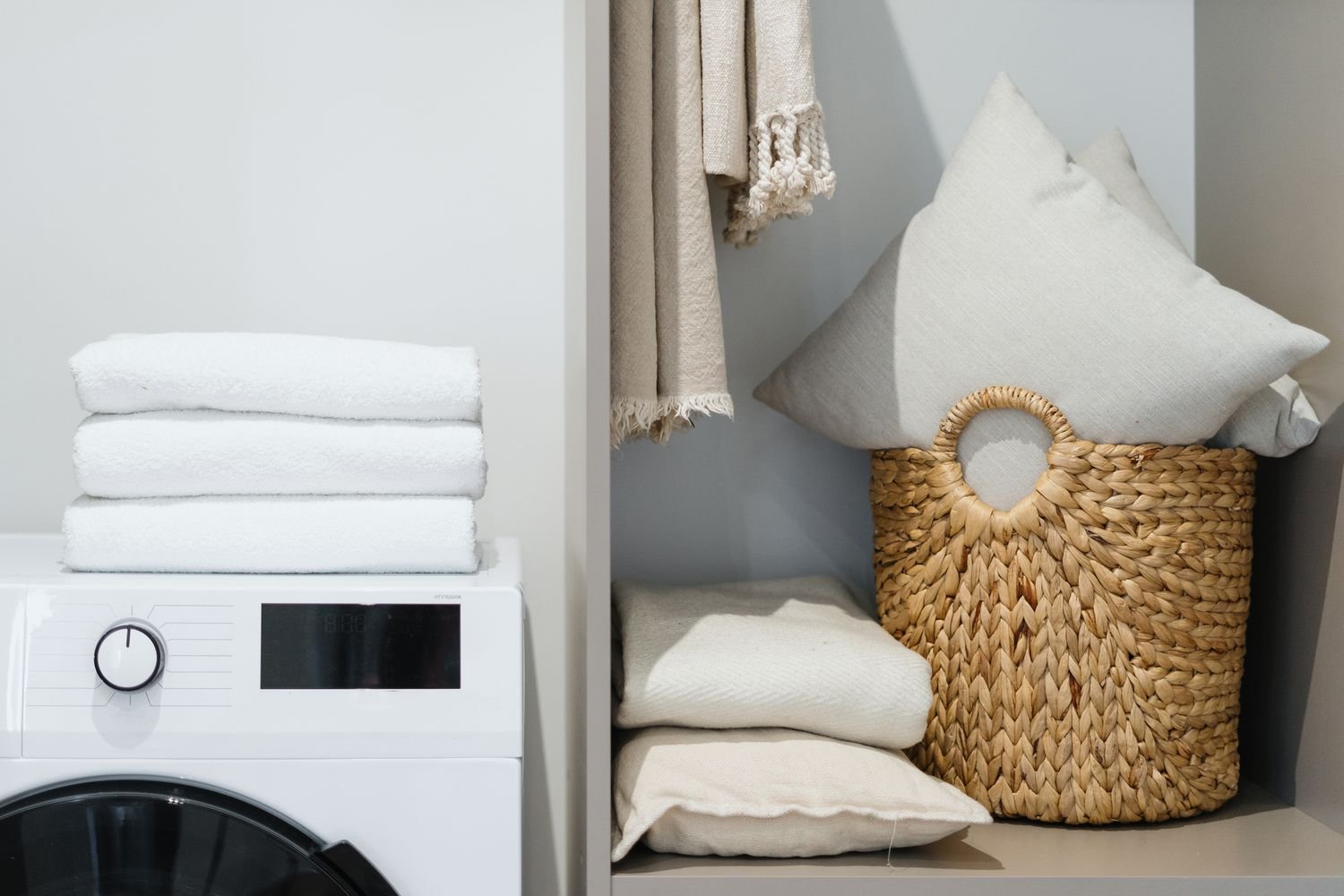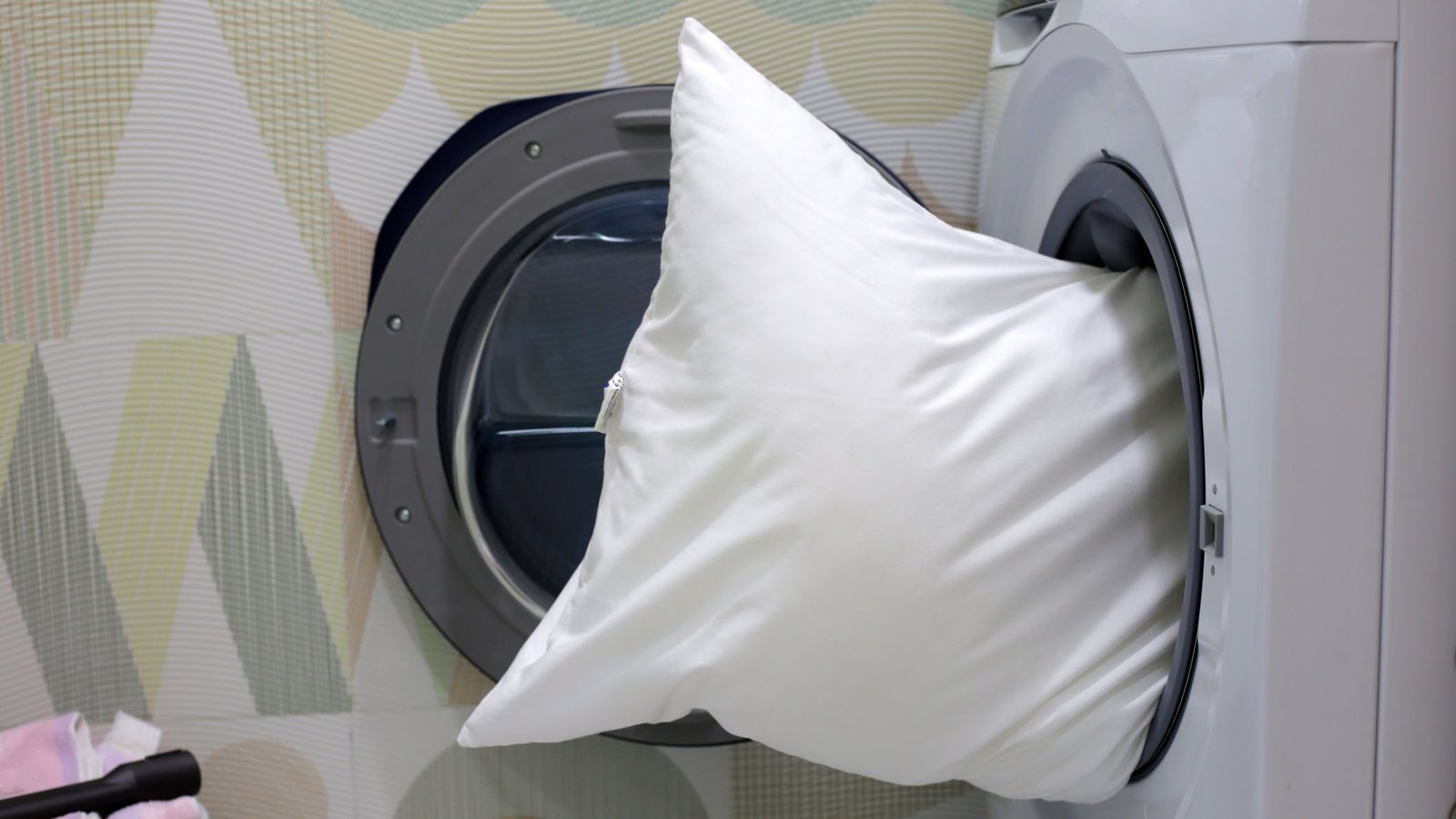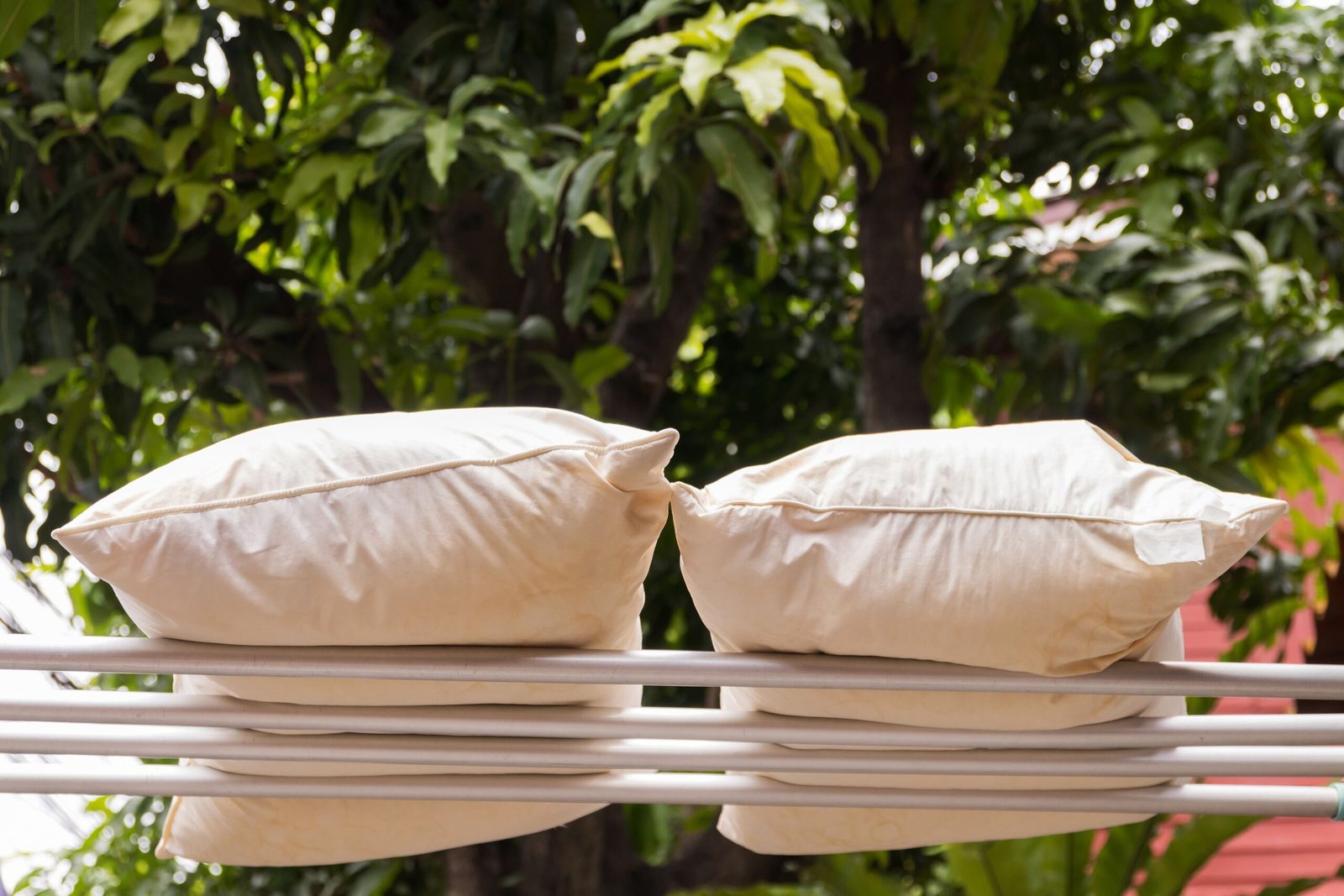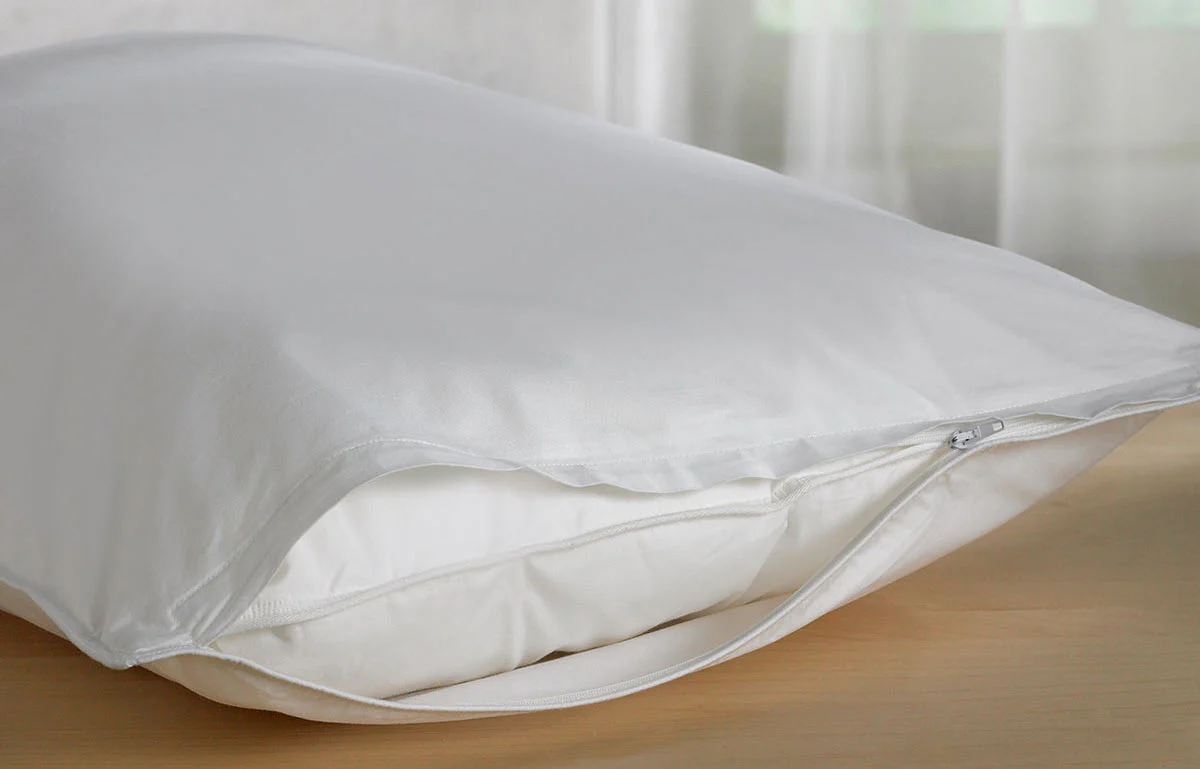Blog
Should You Wash Pillows Before Use? Here’s What Experts Say
Should You Wash Pillows Before Use?
Yes, you absolutely should wash new pillows before using them. While they may appear clean, most pillows carry residues from the manufacturing process—such as dust, chemicals, and packaging odors—that can trigger allergies or skin irritation. A quick wash not only removes these contaminants but also fluffs the pillow for immediate comfort. However, washing methods vary by pillow type—so always check the care label first.

Why Washing New Pillows Is Important
1. Remove Hidden Contaminants
New pillows often travel long distances from the factory to your home. During this time, they may accumulate:
Dust particles
Factory chemicals (e.g., formaldehyde, flame retardants)
Plastic packaging residue
These substances can be harmful, especially for sensitive skin or allergy-prone individuals.
2. Prevent Skin Irritation & Allergic Reactions
Contact with unwashed pillow surfaces can cause:
Rashes or breakouts
Sneezing and watery eyes
Nighttime asthma flare-ups
By washing your pillow, you remove irritants that disrupt sleep quality.
3. Eliminate Unpleasant Odors
Most new pillows carry a distinct chemical or “warehouse” smell. Washing can significantly reduce or eliminate this odor, making your pillow instantly more inviting.
4. Improve Pillow Fluff & Loft
A gentle wash and dry cycle can help the fill material—whether polyester, down, or feather—expand naturally, restoring proper loft and support.

How to Wash New Pillows (by Type)
Always check the manufacturer’s care label before washing.
Machine-Washable Pillows
Most polyester, down, feather, and down-alternative pillows are machine washable.
Steps:
Use a gentle or bulky/bedding cycle with warm or cold water.
Add mild, fragrance-free detergent.
Wash two pillows at once to balance the load.
Rinse twice to remove all soap residue.
Tumble dry on low with wool dryer balls or clean tennis balls to maintain fluff.
Non-Washable Pillows (Memory Foam, Latex, Buckwheat)
These materials degrade in water or high heat. Instead:
Spot clean with a mild detergent and damp cloth.
Air out in direct sunlight for 2–3 hours.
Use pillow protectors to shield from sweat and skin oils.
For memory foam, avoid soaking or wringing—this damages the foam structure.
What If You Can’t Wash It Right Away?
If washing isn’t immediately possible, here are alternatives:
✅ Use a Zippered Pillow Protector
Acts as a barrier between the pillow and your skin. It traps allergens and is easily washable.
Air It Out in the Sun
UV rays help neutralize some bacteria and reduce odors. Place the pillow outside for 1–3 hours.

Expert Tips to Keep Pillows Fresh Long-Term
| Action | Frequency | Purpose |
|---|---|---|
| Wash new pillows | Once before first use | Remove chemicals, odors |
| Wash pillowcases | Weekly | Prevent oil and sweat buildup |
| Deep wash pillows | Every 3–6 months | Remove allergens & extend life |
| Use protector | Always | Shield against moisture & mites |
| Air pillows | Monthly | Neutralize odors & bacteria |
Can You Put New Pillows in the Dryer Only?
Drying without washing won’t remove chemicals or dust. However, it can help reduce odors and fluff up the pillow temporarily.
Is It Safe to Sleep on an Unwashed Pillow?
Technically yes, but not ideal. You risk contact with unseen residues that could cause discomfort or breakouts.
Can You Wash Decorative Pillows?
Many decorative pillows are not machine-washable. Spot-clean or dry-clean based on fabric type and label instructions.

Should you wash pillows before use? Yes—especially if you care about your health, comfort, and long-term hygiene. That first wash removes more than just dust—it prepares your pillow for restful, allergy-free sleep.
For best results, pair your freshly cleaned pillow with a breathable protector and high-quality pillowcase. A clean start is always worth it.
✅ Now that you’ve prepared your new pillow, consider deep-cleaning your mattress or replacing old bedding for the full sleep upgrade.
